With the rise in popularity of companies like 23andMe and AncestryDNA, genetic testing has broken into the mainstream and is quickly becoming a household term when it comes to preventative health. We sat down with Children’s Dr. Marshall Summar, director of the Rare Disease Institute, to discuss this topic via a Twitter Q&A, co-hosted by Children’s National and the National Organization for Rare Disorders (NORD) and joined by the National Institutes of Health’s National Center for Advanced Translational Science.
What exactly is DNA? What does gene testing do?
DNA is a molecule found within every cell of our bodies that contains the genetic information that dictates how and when cells, grow, function and reproduce. Half of a child’s DNA is inherited from each their parents, giving rise to genetic diversity in humans. Genetic testing refers to the sequencing of DNA to discover potential genetic differences that can cause diseases. It can be used for many things, like confirming/ruling out genetic disorders and determining the probability that one inherits disorders from parents or passes them on to children. The process involves testing the DNA from a sample of body tissue, such as hair, skin or blood.
How long has gene testing been in use?
Genetic testing dates back to the early 20th century. However, the first significant discoveries about rare diseases weren’t made until the 1950s. Genetic testing resulted in milestone discoveries in the diagnosis and treatment of rare diseases such as cystic fibrosis, Down syndrome and Duchenne muscular dystrophy.
How does gene testing work?
There are different kinds of genetic tests. Molecular genetic tests examine DNA at the molecular level, looking at small segments of DNA code for changes from normal sequences that could signify disorders. Chromosomal genetic testing looks for large, chromosome-wide DNA changes. Microarray genetic testing looks for missing or duplicated fragments of DNA compared to normal, reference DNA and how well the tested DNA “hybridizes” or binds to the reference DNA. Biochemical testing looks at possible problems with DNA based on how well the cell functions in processing natural chemicals and other molecules. A newborn screen tests infants’ blood for potential disorders that might not be apparent at birth.
What are the implications of gene testing?
Like many developments in healthcare, gene testing can have both positive and negative consequences. Genetic testing can help provide answers to families who are struggling with a suspected diagnosis, and it can help predict the symptoms of a disease and its progression over time. At a larger scale, gene testing helps develop and advance therapies for disease so healthcare providers can better treat them. However, many diseases revealed by genetic testing are rare diseases still lacking treatment. Testing can also uncover sensitive medical information, and patients and families may have to deal with the social, emotional and financial consequences of that information.
How does genetic testing help patients with rare diseases?
It currently takes an average of 7 years before patients with rare diseases are accurately diagnosed. Genetic testing can significantly shorten this timeline, leading to early intervention and higher quality of life. Genetic testing can also help determine if one’s rare disease is hereditary (inherited), and whether therapies are effective at treating it. If the disease is hereditary, then genetic testing can inform other family members of their risk of developing the disease.
What are the future goals of gene testing?
Gene testing has assisted in the development of new, more effective therapies for rare disease patients throughout the years. The goal is for genetic testing to continue to evolve and lead to more breakthroughs in therapies and treatments for rare diseases.
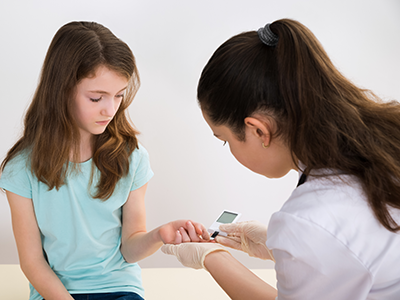 https://riseandshine.childrensnational.org/wp-content/uploads/2024/03/blood-draw-feature.png
300
400
Rise and Shine
https://riseandshine.childrensnational.org/wp-content/uploads/2017/11/childrens_riseandshine_logo.jpg
Rise and Shine2024-03-15 11:40:342024-03-15 11:44:50How to prepare children for blood draws
https://riseandshine.childrensnational.org/wp-content/uploads/2024/03/blood-draw-feature.png
300
400
Rise and Shine
https://riseandshine.childrensnational.org/wp-content/uploads/2017/11/childrens_riseandshine_logo.jpg
Rise and Shine2024-03-15 11:40:342024-03-15 11:44:50How to prepare children for blood draws


 Marshall Summar, MD, is known for his pioneering work in caring for children diagnosed with rare diseases. At Children’s National he led the Division of Genetics and Metabolism. His laboratory worked on both devices and treatments for patients with genetic diseases and adapting knowledge from rare diseases to mainstream medicine.
Marshall Summar, MD, is known for his pioneering work in caring for children diagnosed with rare diseases. At Children’s National he led the Division of Genetics and Metabolism. His laboratory worked on both devices and treatments for patients with genetic diseases and adapting knowledge from rare diseases to mainstream medicine.




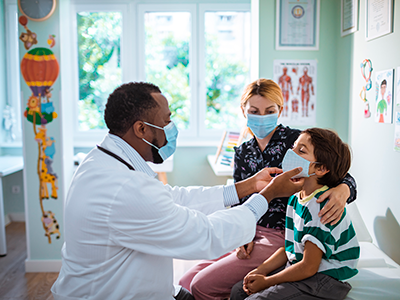



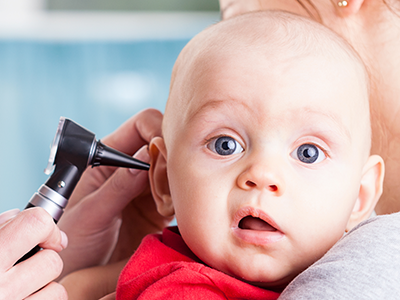
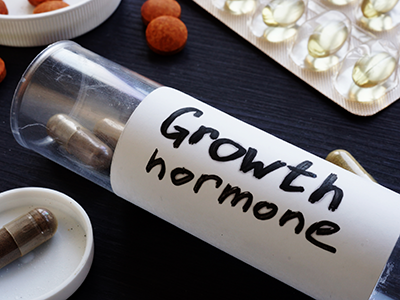


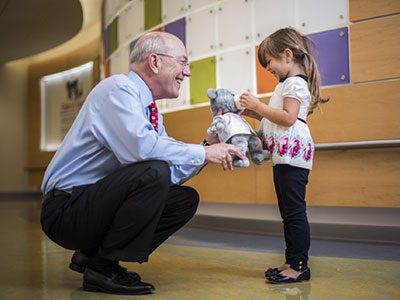

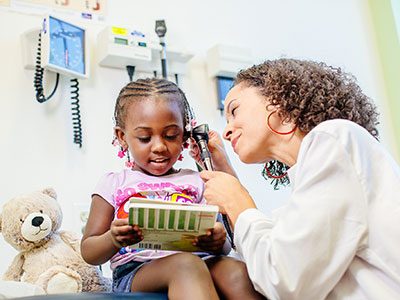
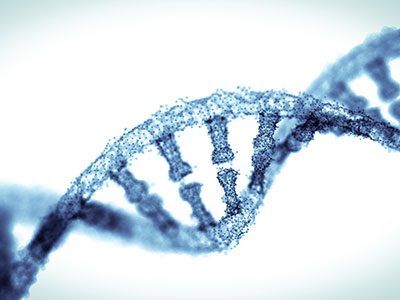
Leave a Comment
Want to join the discussion?Feel free to contribute!